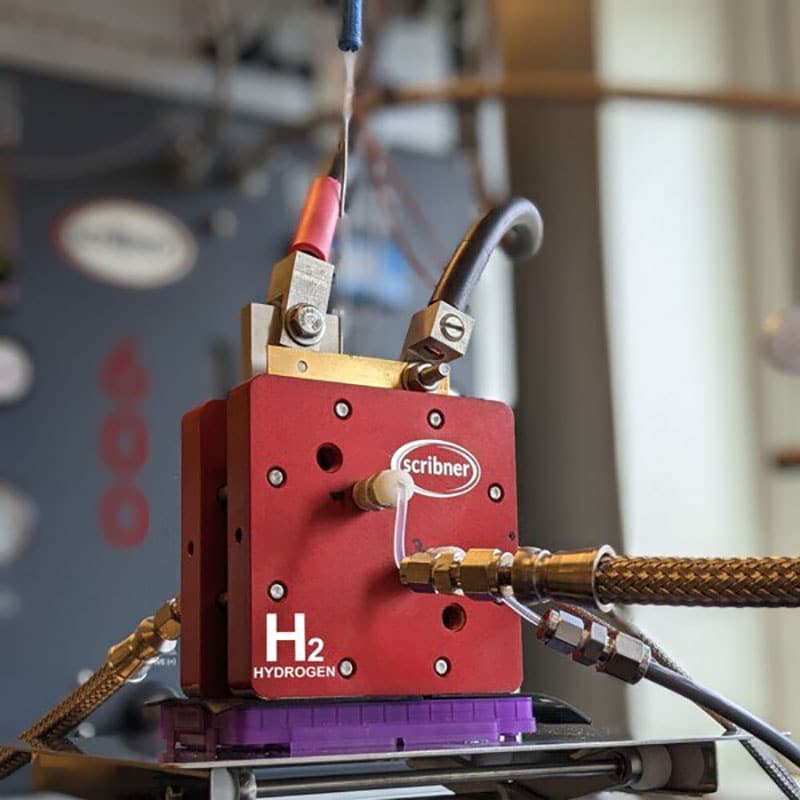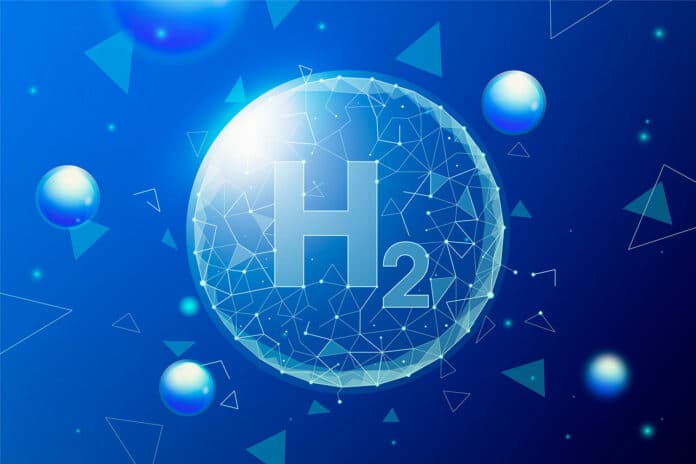Umeå University researchers have made a breakthrough that may make hydrogen – a clean, CO2-free fuel – more affordable. They have developed a new method that improves how hydrogen gas is produced from water and electricity.
Hydrogen production via proton exchange membrane (PEM) water electrolysis is seen as a promising solution due to its ultra-pure hydrogen generation, high current densities, high efficiency, fast response, and small footprint. However, its application is limited by significant electrocatalyst dissolution seen at the anode during the oxygen evolution reaction (OER).
The best-performing electrocatalysts to date are based on noble metals such as platinum, ruthenium, and iridium. However, they are expensive and limited in supply, and ruthenium and iridium oxides also tend to break down over time. So, if PEM technology is expected to drive the transition towards a sustainable society, we first need to tackle the strong electrocatalysts degradation.
“The breakdown of noble metals, a phenomenon known as ‘metal dissolution,’ reduces the effectiveness of hydrogen production. It’s a problem that needs to be solved for us to fully take advantage of PEM technology,” says Associate Professor Eduardo Gracia.
Umeå University research team says we can tackle this by trapping the highly active but expensive metal in a stable but inactive ‘scaffold.’ Researchers developed a new protective scaffold that can keep the noble metals stable even under tough conditions.

The protective scaffold is made of a mixture of tin, antimony, molybdenum, and tungsten oxides (Sn-Sb-Mo-W). The mixture is proven to be strong enough to protect not only the noble metals but also other components of the system from breakdown during the process.
The team’s findings can make PEM technology more affordable and effective for large-scale, renewable hydrogen production by ensuring the noble metals can last longer. This represents a key step in making our transition to a more sustainable society a reality.
Journal reference:
- Alexis Piñeiro-García, Xiuyu Wu, Mouna Rafei, Paul Jonathan Mörk, and Eduardo Gracia-Espino. A Quaternary mixed oxide protective scaffold for ruthenium during oxygen evolution reaction in acidic media. Communications Engineering, 2023; DOI: 10.1038/s44172-023-00080-5
